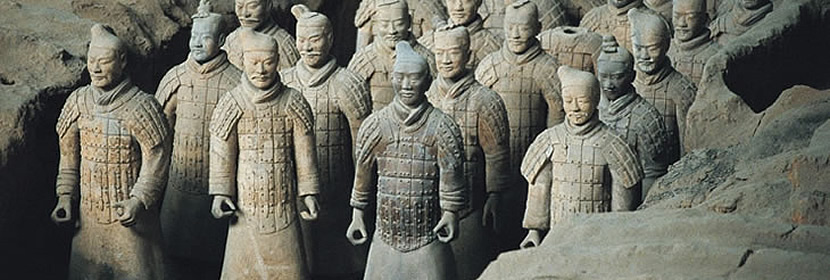
Biography: Dr. Mousami V. Munot has completed M.Tech from College of Engineering, Pune, CoEP (1st rank holder) in 2007. Savitribai Phule Pune University has awarded her a PhD degree in November, 2013. She has 13 years of teaching experience and 7 years of research experience. She has published several papers in international journals including Springer and IET. She has fetched grants worth 9 Lakhs from DST and SPPU-BCUD. She is a member of IET, ISTE, BMESI and IoE. She is at present the faculty branch counselor for PICT-IET student branch and earlier has served IET as YMS chair, SARB-member and global operations chair and represented India in various international platforms.
Topic: Upcoming Research Trends in Chromosome Analysis For Automated Karyotyping
Abstract: Computerized systems for automated chromosome analysis are amongst popular CAD systems which have attracted the attention of numerous researchers, making it a thrust area for further investigations and developments. Cytogenetic analysis involving automated karyotyping and chromosomes recognition is of paramount importance in diagnosis of genetic disorders. The manual process of chromosome analysis is time consuming, tedious, expensive and prone to human errors. With computers as indispensable tools in cytogenetic laboratories, automation in the process of chromosome analysis is highly encouraging and desirable. Despite substantial research in last 25 years "Automated Chromosome Analysis" is a long-standing challenge. The practical goal however, is to minimize human interaction and manual errors of the laboratory technician by automatic or semi-automatic segmentation and classification of chromosomes.
Upcoming research trends focus on developing semi-supervised system based upon the knowledge about separation, segmentation and further classification of chromosome in their respective 24 classes is developed. The issue of automated separation of touching and overlapping cluster is by identifying the number of overlaps in the cluster, followed by detecting the correct cut-points and finally adhere the chromosome segments. Computational Geometry based novel DT based approaches are devised to achieve highly promising results. Efficient extrication of clusters with multiple chromosomes and multiple overlaps (up to 7 overlaps) with accuracy ranging from 77 % to 100 % for the generated database is achieved.
Research trends in chromosome analysis also focused on developing an intelligent classifier based on incremental learning that achieves balance between Stability – Plasticity dilemma to overcome the severe issue of catastrophic forgetting. The recent findings report comparable classification accuracy as compared to artificial neural network methods which do not use incremental training. The recent trends also inclined in identifying the best metaphase images for karyotyping and narrowing down the research to specific diseases.

Biography: Dr. Vinayak Bairagi has completed M.E. (Electronic) from Sinhgad COE, Pune in 2007 (1st Rank in Pune University). University of Pune has awarded him a PhD degree in Engineering. He has teaching experience of 10 years and research experience of 7 years. He has filed 8 patents and 5 copyrights in technical field. He has published more than 50 papers, of which 26 papers are in International journals of which 9 papers in SCI Indexed journals, with four Springer journal publications along with One in The_IET journal publication. He is a reviewer for nine scientific journals including IEEE Transactions, The-IET Journal, and Springer Journals. He is the P.I. for UoP-BUCD research grant. He has received “Maniratna” Best Teacher Award for Excellent academic Performance (2013). He has received IEI national level Young Engineer Award (2014) and ISTE national level Young Researcher Award (2015) for his excellence in the field of engineering. He is the member of INENG (UK), IETE (India), ISTE (India) & BMS (India). He had worked on in Image compression at College of Engineering, Pune, under Pune University. Currently he is associated with AISSMS Institute of Information Technology (Affiliated College to S P Pune University), Pune as Associate Professor in Electronics and Telecommunication Engineering. He is recognized PhD Guide in Electronics engineering of Savitribai Phule Pune University. Presently he is guiding 5 PhD Students.
Topic: Optimal Image Compression for Telemedicine Applications with Special Reference to Rural Population
Abstract: This paper focuses on achieving optimal compression of medical images for conserving the bandwidth in Telemedicine applications, especially for rural area. The approach presented in this paper offers great potential in complete lossless compression of the DICOM medical image under consideration, with the reconstructed image being mathematically identical to the original image. Different techniques includes IWT with db4 wavelets for lossless transformation, region based compression method with automatic region of interest finding, novel symmetry based compression using inherent bilateral symmetry of human body parts and Pixel based prediction approach for lossless compression of images. The algorithms are verified for 2000+ DICOM images. Use of inherent bilateral symmetry present in images of body parts has been effectively used as a parameter for compression. The symmetry based compression presented in this paper, offers symmetry redundancy removal and the encoding both complement each other and thus the entire image is stored in less than 10 % of the memory-requirement of the original image. Using the developed edge based prediction algorithm, entire image is stored in less than 20% of the memory-requirement of the original image. The performance of the presented techniques is compared with state-of-the-art available schemes in the area of image compression.







